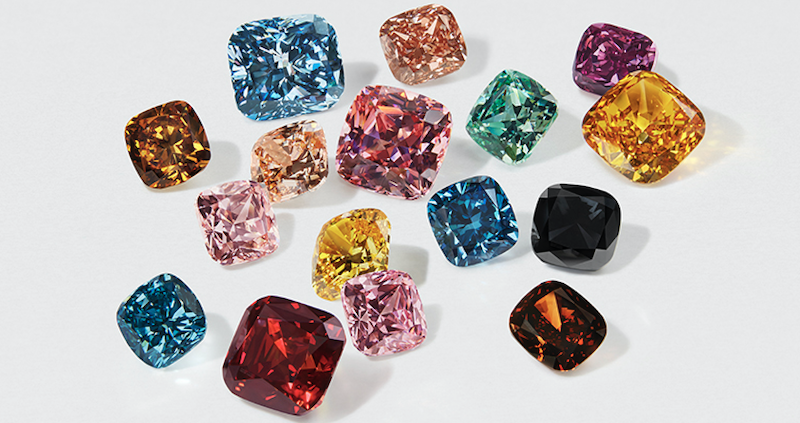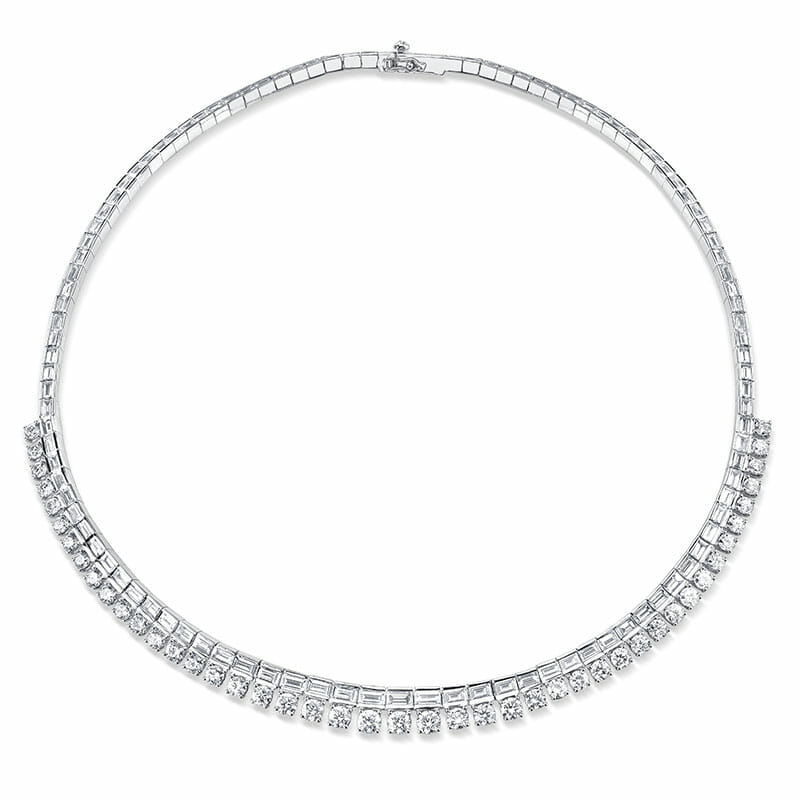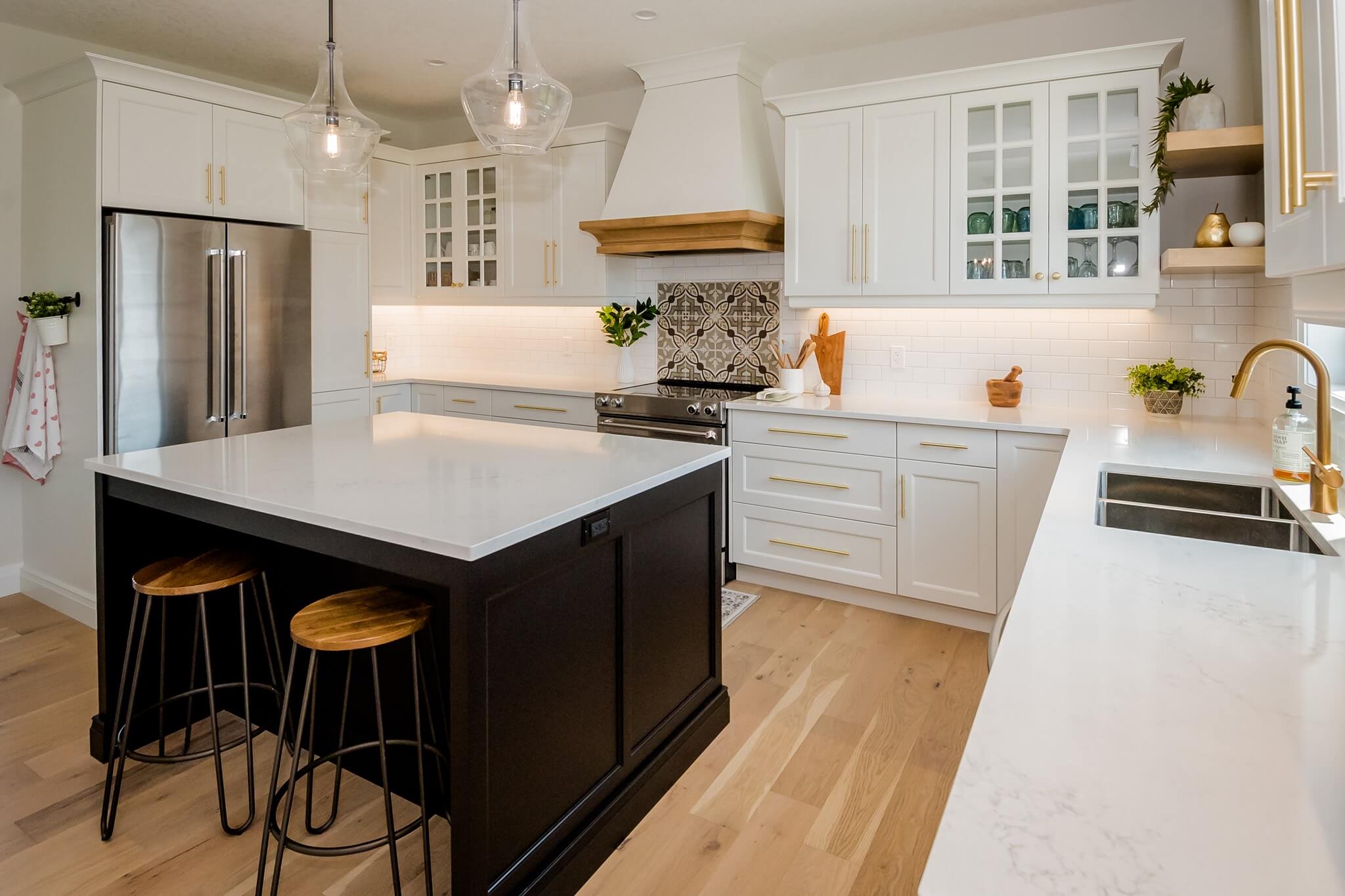Introduction to Diamond Shapes
What exactly distinguishes one diamond shape from another? Beyond mere aesthetics, the shape of a diamond plays a crucial role in determining its brilliance and overall appeal. When we talk about diamond shapes, we’re referring to the outline or silhouette of the stone as seen from above. This aspect is distinct from the diamond’s cut, which refers to how well the facets are proportioned and aligned to maximize light reflection..
Oval Cut
Combining the brilliance of a round diamond with a more elongated shape, the oval cut diamond offers a flattering silhouette that elongates the wearer’s finger. Introduced in the 1960s, the oval cut quickly gained popularity for its ability to maximize carat weight while maintaining a similar sparkle to the round brilliant cut. Its elongated shape and 56 to 58 facets create a unique play of light that enhances its brilliance and fire.
Unique Shapes
Heart Shape
Symbolic of love and romance, the heart shape diamond is perhaps the ultimate expression of affection in jewelry. With its distinctive silhouette and faceting style, the heart shape diamond captures the imagination and emotions like no other. While not as common as round or princess cuts, the heart shape continues to enchant those seeking a meaningful and symbolic engagement ring or gift.
Crafting a heart shape diamond requires exceptional skill due to its symmetrical nature and the need to maintain perfect proportions. The result is a diamond that not only sparkles brilliantly but also carries a profound emotional resonance. Whether given as a token of love or worn as a personal statement, the heart shape diamond remains a timeless symbol of romance and commitment.
Marquise Cut
Known for its elongated shape and pointed ends, the marquise cut diamond is often referred to as the “boat-shaped” diamond due to its resemblance to the hull of a boat. Originating in 18th-century France, the marquise cut was commissioned by King Louis XV, who desired a diamond that resembled the smile of his mistress, the Marquise de Pompadour.
The marquise cut’s elongated shape not only accentuates the diamond’s size and brilliance but also creates the illusion of longer, more slender fingers when worn as a ring. Its 56 facets are strategically positioned to maximize light reflection, resulting in a diamond that dazzles with every movement. Whether set horizontally as a solitaire or vertically with accent stones, the marquise cut diamond offers a distinctive and elegant option for those who appreciate vintage-inspired glamour.
Choosing the Right Shape
When it comes to choosing a diamond shape, personal preference often plays a significant role. However, several factors should be considered to ensure the chosen shape aligns with both aesthetic preferences and practical considerations. Factors such as finger shape and size, setting style, and budget can all influence the ideal diamond shape for a particular piece of jewelry.
While round diamonds are universally admired for their brilliance and versatility, fancy shapes like the emerald cut or heart shape offer a unique appeal that may better suit individual tastes. It’s essential to try on different diamond shapes and settings to see how they complement your hand and overall style. Ultimately, the right diamond shape is one that not only enhances the beauty of the stone but also resonates with the wearer on a personal level.
Diamond Shape Trends
Just as fashion trends evolve, so do trends in diamond shapes. While round brilliant diamonds remain a perennial favorite, there has been a growing interest in alternative shapes such as oval, pear, and cushion cuts. These shapes offer a distinctiveness that appeals to those seeking something beyond the traditional round diamond.
Cultural influences and celebrity endorsements also play a role in shaping diamond shape trends. For example, celebrities often influence mainstream preferences by showcasing unique diamond shapes in high-profile engagements and red-carpet appearances. As more individuals seek personalized and meaningful jewelry, the demand for custom-cut diamonds and unique shapes continues to grow.
Cuts vs. Shapes: Clarifying the Difference
It’s essential to distinguish between a diamond’s cut and its shape, as these terms are often used interchangeably but refer to different aspects of the stone’s appearance and quality. The cut of a diamond refers to how well its facets interact with light to create brilliance, fire, and scintillation. A well-cut diamond maximizes the stone’s optical properties, regardless of its shape.











